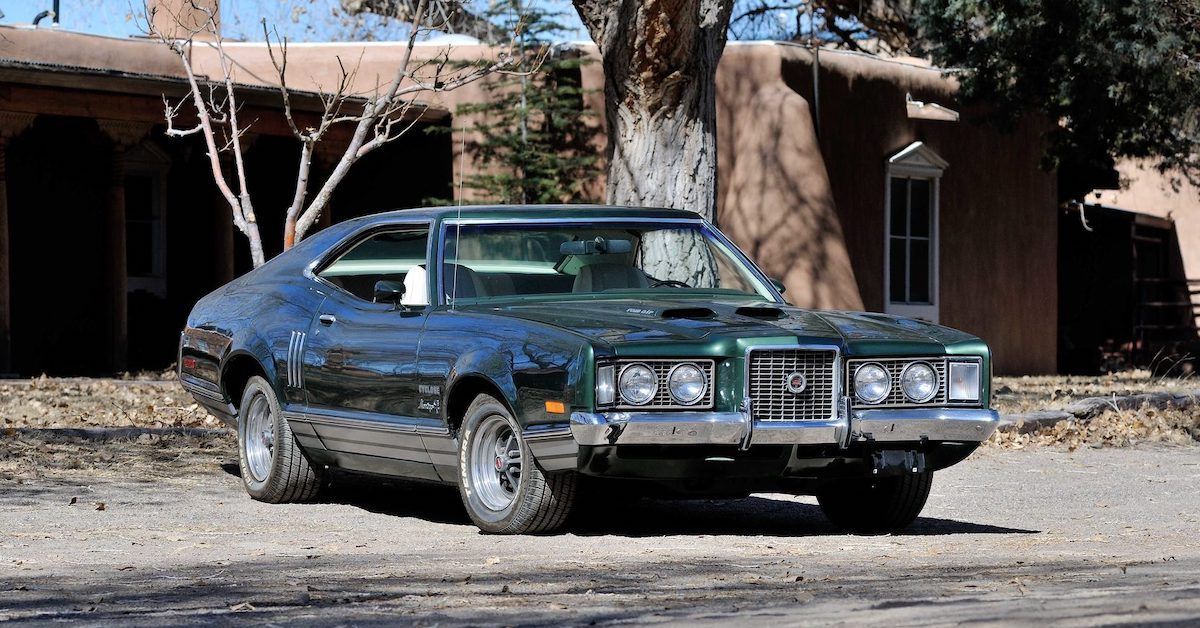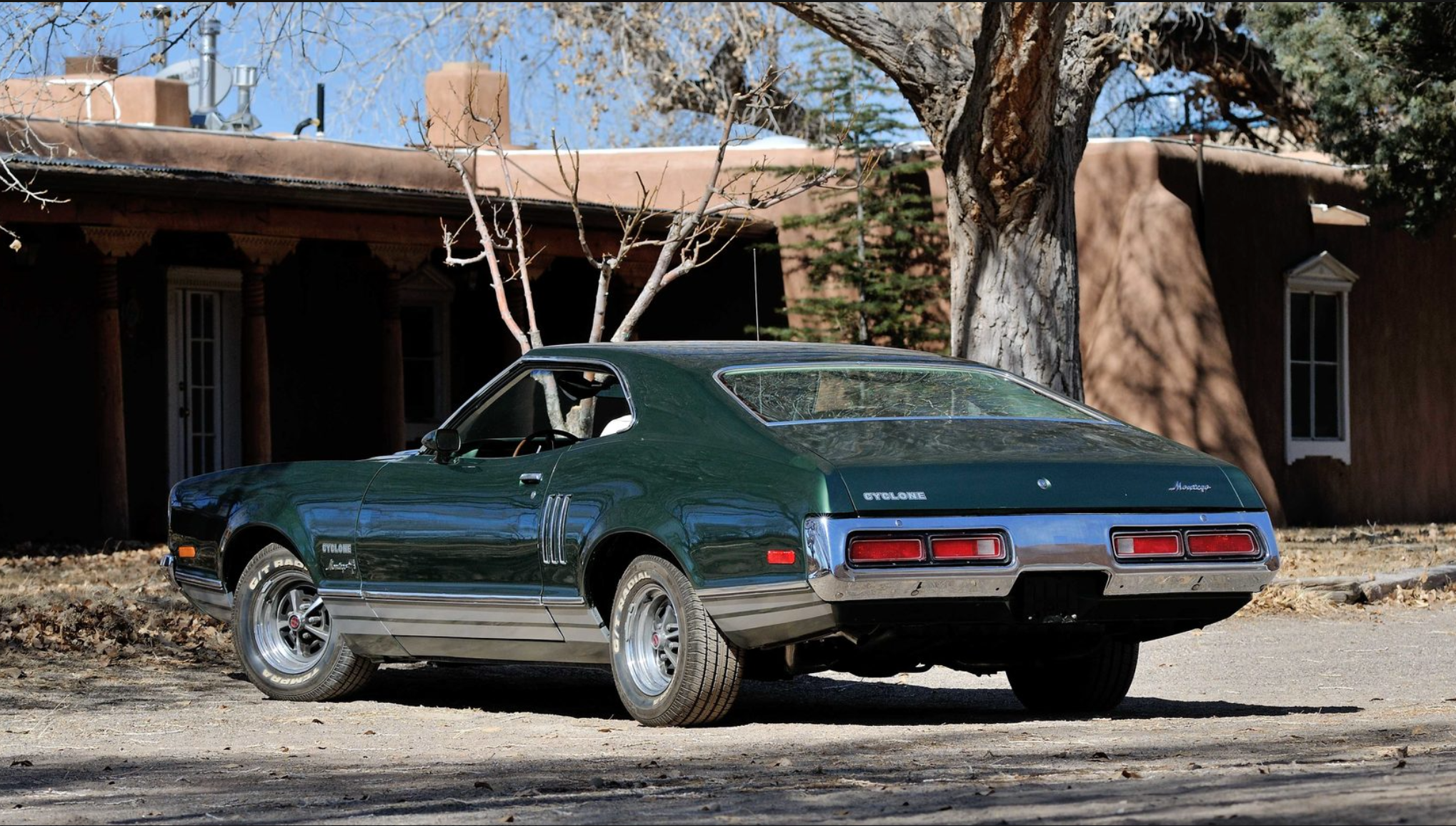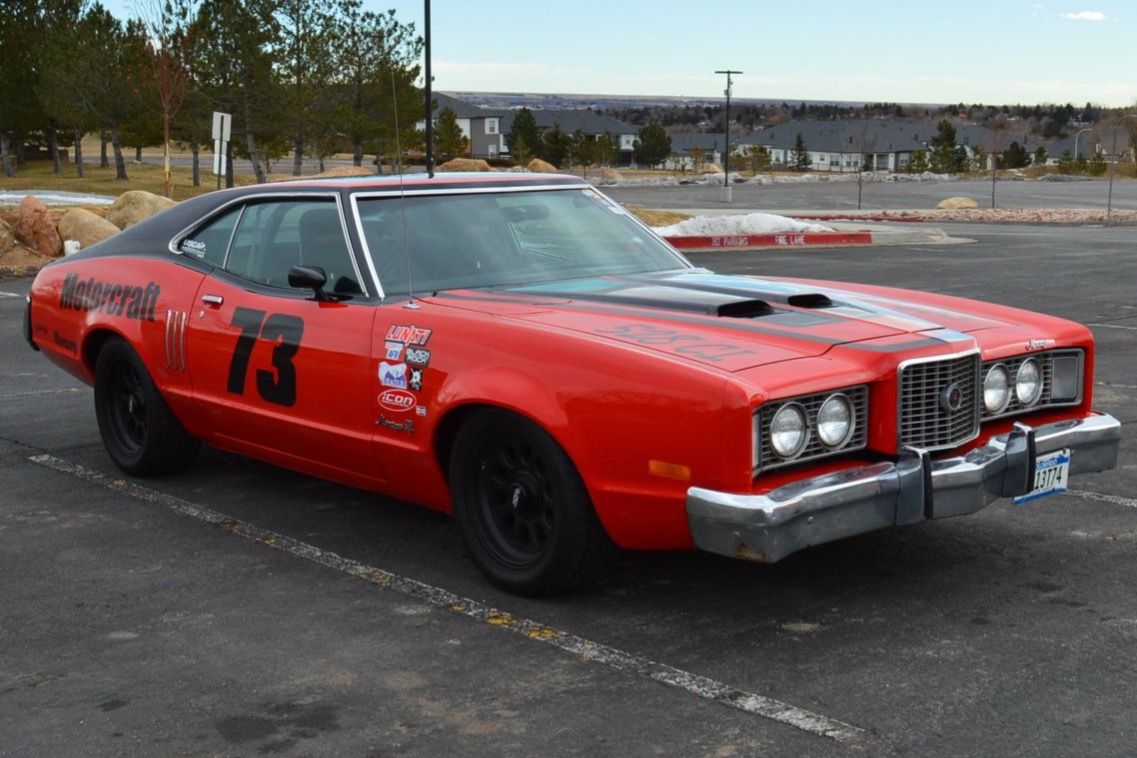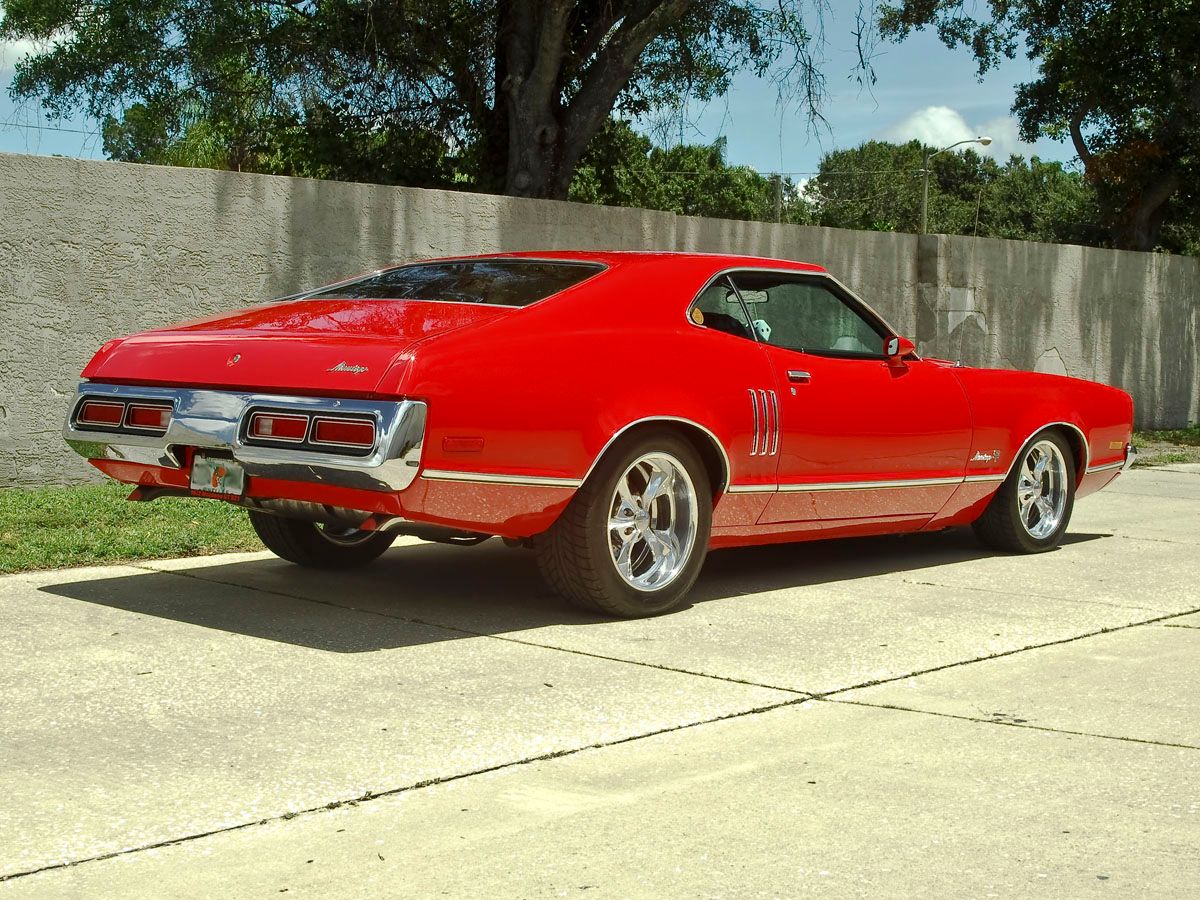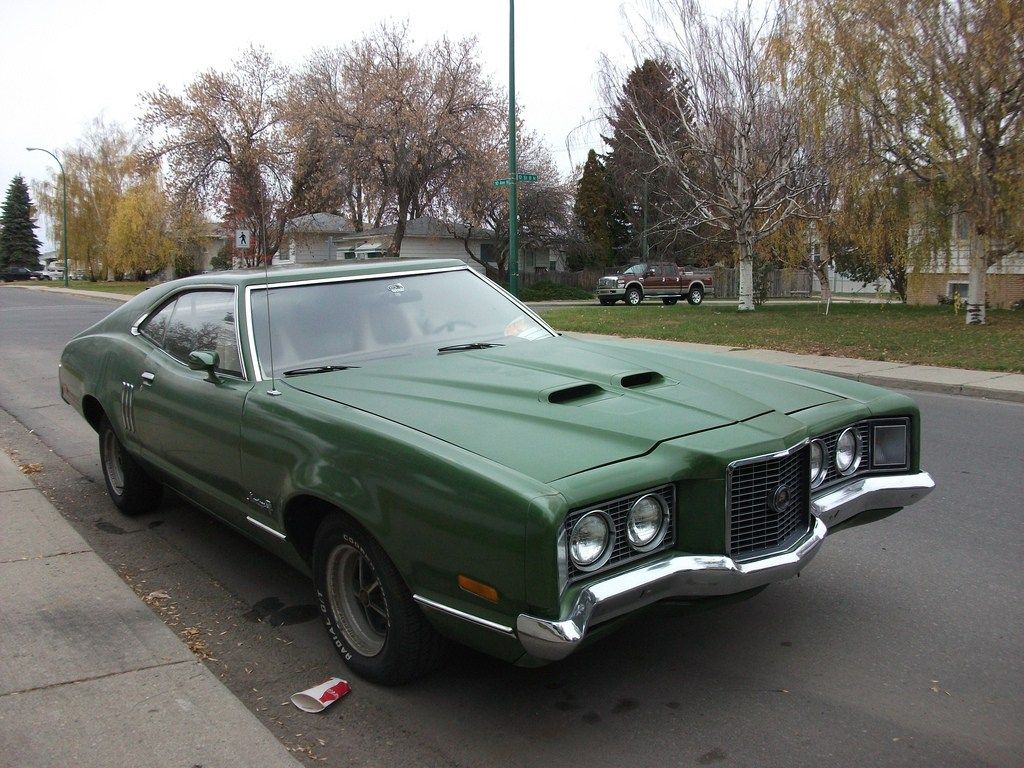The early 1970s represented the end of the American muscle cars. While it’s too easy to pinpoint the end of an era on the oil embargo and the new federal regulations, the reality is far more complex. Consumers in the West were discovering the ecological movement, and they were pushing governments around the world and civil servants to do more. Naturally, muscle cars became symbols of a bygone era and the youth weren’t interested in them anymore. Instead of muscle cars with lots of character, the youngsters wanted pop festival vans, motorcycles and cool wagons. Accordingly, even great muscle cars were killed by bad timing.
In this context, the mid-size muscle cars sales were declining drastically. In fact, Mercury’s Montego sales dropped 52 percent from 1970 to 1971, according to Hemmings. Unfortunately, instead of repositioning the brand and coming up with a new product offer, Mercury inaugurated the GT in 1972 trying to convince car enthusiasts that this is a luxury vehicle. The strategy failed and Gearheads didn’t worm up to the Mercury Montego GT. With that being said, these are some reasons why car fans dislike the GT.
The Mercury Montego GT Has A Disappointing Standard Engine
For a car that was known as a beast on the racetrack, the Mercury Montego GT had a disappointing standard engine. We understand that the muscle car era was ending, but power was Montego GT's fundamental quality, so why undersell it?
The Montego GT came fitted with the two-barrel Windsor 302 as a standard engine, rated at 140 horsepower and 230- lbs.ft. of torque. An option available back then was the 351 V8 engine. This 8.6:1 compression option generated 161 horsepower and 276- lbs.ft of torque. Meanwhile, the 351 V8 Cobra Jet was the high-performance engine that generated 248 horsepower.
For the 1973 model, the engine options remained unaltered, but horsepower and torque ratings changed slightly because of a reduction in compression to 8.0:1. Accordingly, the standard 302 generated 137 horsepower and 230-lbs.ft. of torque instead of 140 horsepower and 230- lbs.ft. of torque. Meanwhile, the 351 generated 159 horsepower and 250 lbs.ft. of torque. As for the 351 V8 Cobra Jet, this was producing 246 horsepower and 312-lbs.ft of torque.
The Mercury Montego GT Has Rust Issues
Mercury Montego GT has several quality and reliability issues, but the most pressing problem was the rust issue. In fact, collectors that are looking for a Montego GT in excellent condition will have a hard time finding one because of the previous manufacturing processes that helped the car rust quite fast.
Although it is difficult to estimate how many Montego GTs are left, in 2013, the Mercury Montego GT Registry had 155 registered cars. Without a doubt in the past 9 years, the number of GTs dropped significantly, so finding one without rust issues will be something like Mission Impossible. Basically, not even Tom Cruise will be able to solve this problem.
The Mercury Montego GT Was Also Disadvantaged As It Had No Proper Marketing Strategy
There is a golden rule when it comes to promoting dull, mediocre and low-quality products who are known for negative reception and that is investing in marketing. Without a clear marketing strategy even the best products fail. Unfortunately, for a car that was plagued by major problems, the lack of advertising and promotional efforts means disaster.
Hemmings has caught with the trend and assessed that in the second year, Mercury Montego GT’s production numbers dropped significantly.
“Mercury produced 5,820 Montego GTs in the model's rookie year, a slight increase over the previous year's Cyclone effort. The GT soldiered on for another season, but with little to no increase in advertising, production dwindled to just 4,464 units,” said Hemmings.
The Mercury Montego GT Has A Conventional Design Without Any Standout Features
Most automakers saw that the market was becoming more competitive, so they started inaugurating vehicles with awesomely luxurious design and plush cabins. Conversely, Mercury released the Montego GT, which had a conventional design. For the 1973 model, Mercury brought some changes to the front bumper, grille, fenders, and headlamp bezels. But these barely there changes didn’t attract the attention of customers. Also, the vinyl top wasn’t too classy looking.
More importantly, Mercury didn’t know how to accentuate the racing soul of the car. In the end, this was an automobile that was driven by the great David Pearson and was a seen by many as a legend in NASCAR racing. Mercury should have taken advantage of the racing pedigree and promote it aggressively. Furthermore, the styling and design should have conveyed the sporty soul better. Indeed, there was a sporty instrument panel cluster, but that was barely enough and more custom high-end work was needed.

